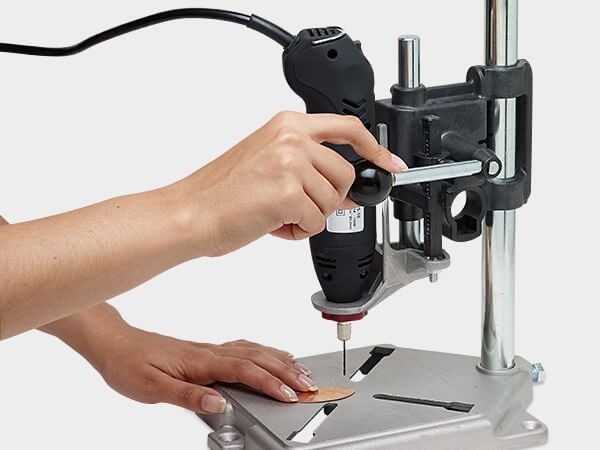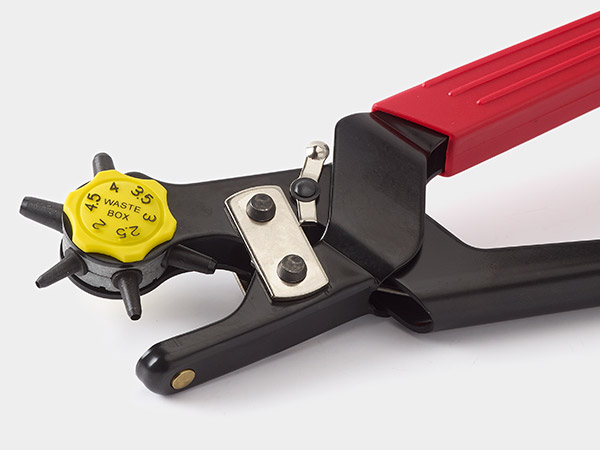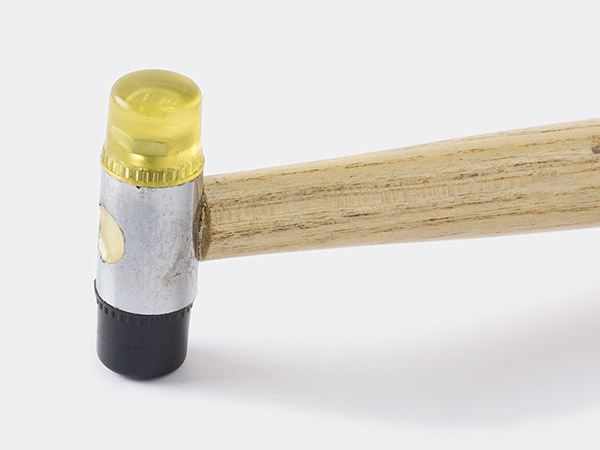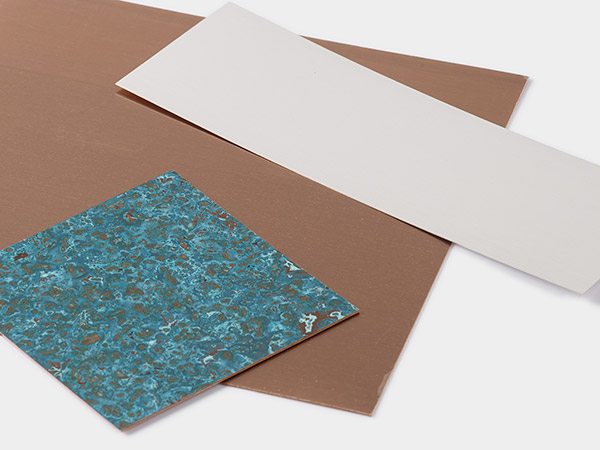Ask the Experts Stone Q&A
I am wondering how to drill small holes in certain pieces to accommodate certain designs. How would I drill holes in sterling silver or brass components? Also, how would I drill an extra hole in a pendant made of howlite? HELP!
- Amy
For drilling metal: An automatic tool will eliminate a lot of hard work for our hands as well as speed up the process of drilling.
The rotary grinding and polishing tool, 8-bit mini rotary tool set with diamond coated steel bits, drill press or flexible shaft tool fitted with spiral drill bits will handle most metals. These tools hold a variety of drill bit sizes and accessory kits are available.
Flat metal sheets would be the easiest to drill through, but holes can still be made on components that are not flat. To prepare the metal for drilling, you should mark the spot with an ink marker, and dimple the mark on the metal with the EUROTOOL® steel punch (or household steel nail) and hammer. Hold the metal piece stationary in a vise or steady on a block of wood with a handheld gripping tool, such as a ring clamp. Place the drill bit at the mark and it will find its way to the dimple on contact and not skip along the surface of the metal. Drill at a slow speed so that the metal does not get too hot and expand.
Note: Caution and safety considerations, such as safety glasses, should be taken with the speed which you use these motorized tools. It is also advisable to tie back long hair and secure any loose clothing.
Another option is to use hole-punch tools available for punching through metal. These require that you mark your spot and center the cutting punch. It is an accurate and easy finishing approach to punch through metal up to 2-3mm thick, depending on the metal.
When creating holes with any method, burs or splinters of metal may form at the top and bottom surface from the pressure of drilling. Finishing, that is, cleaning up the hole, is important, especially if you plan to insert thread, coated stringing wire or even metal wire through the hole(s). Reamers, sanding and buffing accessories for the rotary tools are a perfect way to clean up those metal splinters.
For drilling gemstones: Your howlite pendant requires different techniques and drill bits and burs than when drilling metal. Manual reamers and beading awls are available with diamond-coated bits in various sizes that will widen and clean out existing holes in stone.
It is best to gain an understanding of stone porosity and if there are any hazards to be considered with stone dust when altering stone pieces, such as making a new hole. Stones are porous and may break when holes are widened or when new holes are started with too much force.
For automatic stone drilling, the rotary tools listed above can be used with diamond-coated drill bits and burs. You can create a dimple using a diamond coated bur, similar to dimpling metal with a center punch. Using a coolant (such as water) is also recommended, as it helps reduce heat and friction from the automatic drilling of stone, as well as reduces the dust. This is particularly relevant to pearl drilling. You may also wish to use a ring clamp or other buffered gripping tool for stability while you drill the stone pendant.
A good measure of lapidary skill as well as the right equipment is necessary to drill holes in stone, regardless of their hardness and porosity. Safety measures include use of protective eyewear, breathing protection and good ventilation. Consult a lapidary source to do this properly.
- Sandra Lupo, Jewelry Designer and Instructor
Still can't find what you're looking for?
Submit Your Question





